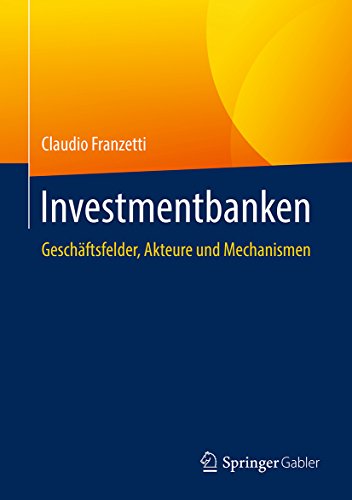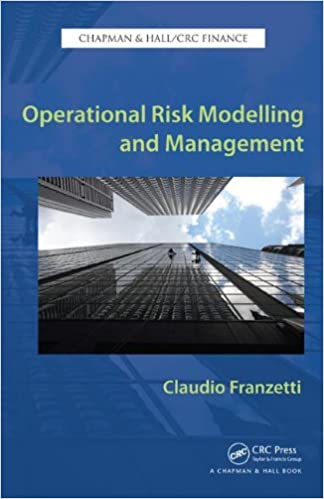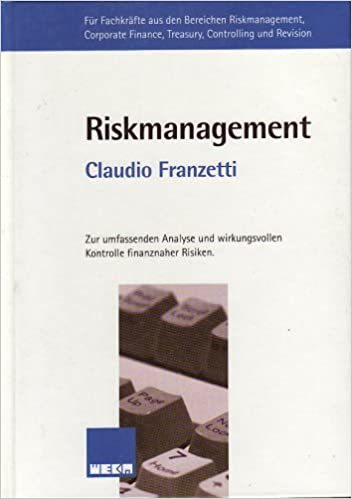
Dieses Buch beschreibt die aktuellen Tätigkeiten der Investmentbanken, wobei die zehn größten als Referenzpunkte dienen. Bevor der Leser oder die Leserin ins Thema der Aktivitäten einsteigt, wird eine kurze Einführung in die Grundlagen gegeben. Es werden die wesentlichen Produkte, Akteure und Mechanismen dargestellt. Damit wird sichergestellt, dass auch der nicht allzu kundige das Thema bewältigen kann. Die Gliederung folgt den großen Themen von Investment Banking und Sales & Trade, die dann mit den weiteren Dienstleistungen angereichert werden. Traditionelle Geschäftsfelder anderer Marktteilnehmer, wie etwa Vermögensverwaltung, werden nicht sehr detailliert besprochen. Denn es liegt bereits eine unübersehbare Anzahl von Angeboten vor. Das Buch schließt mit einem Ausblick, der nur vorsichtig formuliert werden kann. Dennoch ist absehbar, dass die Investmentbanken eine Symbiose mit Fintechs und einen Übergang in neue Strukturen vollziehen werden.

Taking into account the standards of the Basel Accord, Operational Risk Modelling and Management presents a simulation model for generating the loss distribution of operational risk. It also examines a multitude of management issues that must be considered when adjusting the quantitative results of a comprehensive model.
The book emphasizes techniques that can be understood and applied by practitioners. In the quantitative portions of the text, the author supplies key concepts and definitions without stating theorems or delving into mathematical proofs. He also offers references for readers looking for further background information. In addition, the book includes a Monte Carlo simulation of risk capital in the form of a run-through example of risk calculations based on data from a quantitative impact study. Since the computations are too complicated for a scripting language, a prototypical software program can be downloaded from www.garrulus.com
Helping you navigate the tricky world of risk calculation and management, this book presents two main building blocks for determining how much capital needs to be reserved for operational risk. It employs the loss distribution approach as a model for calculating the risk capital figure and explains risk mitigation through management and managements actuations.


